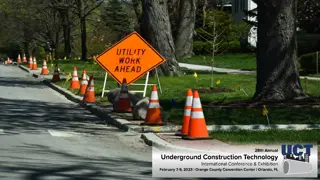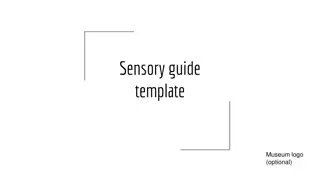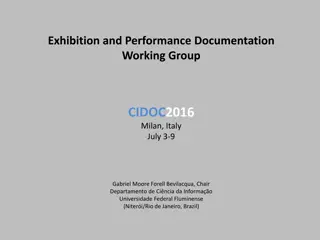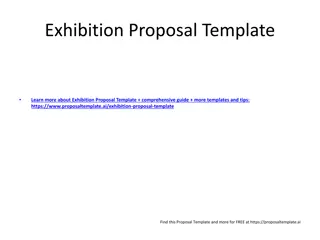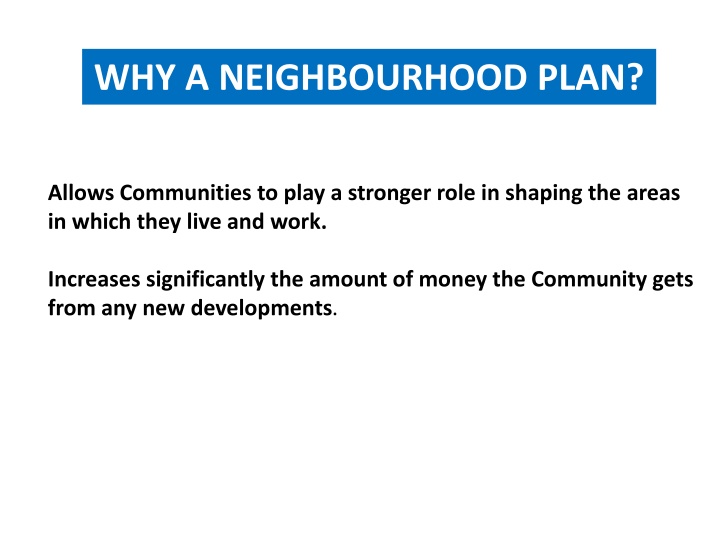
Empowering Communities through Neighbourhood Planning
Neighbourhood planning allows communities to have a stronger say in shaping their living and working areas, influencing future development, preserving the natural environment, developing community facilities, and supporting infrastructure. This process involves considering factors like the number of new houses needed, managing new developments sensibly, selecting suitable sites, and designing them in a way that respects the local landscape and heritage. By involving residents, schools, and local entities, neighbourhood planning ensures sustainable and thoughtful growth while maximizing community benefits.
Uploaded on | 2 Views
Download Presentation

Please find below an Image/Link to download the presentation.
The content on the website is provided AS IS for your information and personal use only. It may not be sold, licensed, or shared on other websites without obtaining consent from the author. If you encounter any issues during the download, it is possible that the publisher has removed the file from their server.
You are allowed to download the files provided on this website for personal or commercial use, subject to the condition that they are used lawfully. All files are the property of their respective owners.
The content on the website is provided AS IS for your information and personal use only. It may not be sold, licensed, or shared on other websites without obtaining consent from the author.
E N D
Presentation Transcript
WHY A NEIGHBOURHOOD PLAN? Allows Communities to play a stronger role in shaping the areas in which they live and work. Increases significantly the amount of money the Community gets from any new developments.
MAIN THEMES IN THE DRAFT PLAN Future Development How much, Where, What sort, What should it look like? Caring for the Natural Environment What Principles should we adopt; are there specific areas that we need to especially protect? Community Facilities How should these develop? Supporting Infrastructure How does this need to develop?
SOME EARLIER IDEAS FROM THE PRIMARY SCHOOL
HOW MANY NEW HOUSES? Looking ahead 15 years, how fast should the village develop? In 15 years how many new houses should we have? Extra Houses % Increase in 15yrs New houses /year 0 0% 15 3% 15-30 3-6% 30-60 6-12% 60-120 12-24% 120-240 24-48% 240-480 48-96% 480+ 96+% . 0 1 1-2 2-4 4-8 8-16 16-32 32+
MANAGING NEW DEVELOPMENT Just suppose that we have to use a Green Field site to provide the number of houses that are required by our Plan. What criteria should we have in the Plan to help to determine: 1. What site is agreed. 2. How should the new site be developed. Some examples of possible sites are shown below to add some reality to the above question. [These examples are intended to be completely hypothetical and should NOT be seen in any way as proposals or other suggestions.]
SELECTING A SITE The criteria listed below are included the Plan. Do you agree? Should other criteria be included? 1. There should be no building on any area designated as AONB, SSSI or RAMSAR. 2. Building should not impact designated significant views.
DESIGNING A SITE The criteria listed below are included the Plan. Do you agree? Should other criteria be included? 1. Buildings will be in keeping with local distinctiveness. 2. Building will be well-designed, making a positive contribution to the landscape. 3. Buildings will minimise intrusion into visually exposed landscapes. 4. Building should be in small groups (or singly) that relate sympathetically with their surroundings. 5. The site layout will make positive use of landform, trees and hedges. 6. Buildings should be constructed so as to minimise the need for carbon emissions. 7. Buildings will generally be 2-storeys in height, and with pitched roofs. 8. Wildlife habitats must be preserved, and if possible enhanced. 9. Sufficient garden and open green space needs to be provided. 10.The number of dwellings included will not have a severe impact the road safety.
NEXT STEPS Our target is to get to a Referendum by end-2019, but we are very dependent on the speed of progress by others (BDC in particular).
THIS INFORMAL CONSULTATION PHASE FINISHES ON Monday, 31st March. Please let us have any responses before 31/03 Thank you for your participation in this exercise the Neighbourhood Plan Steering Group








